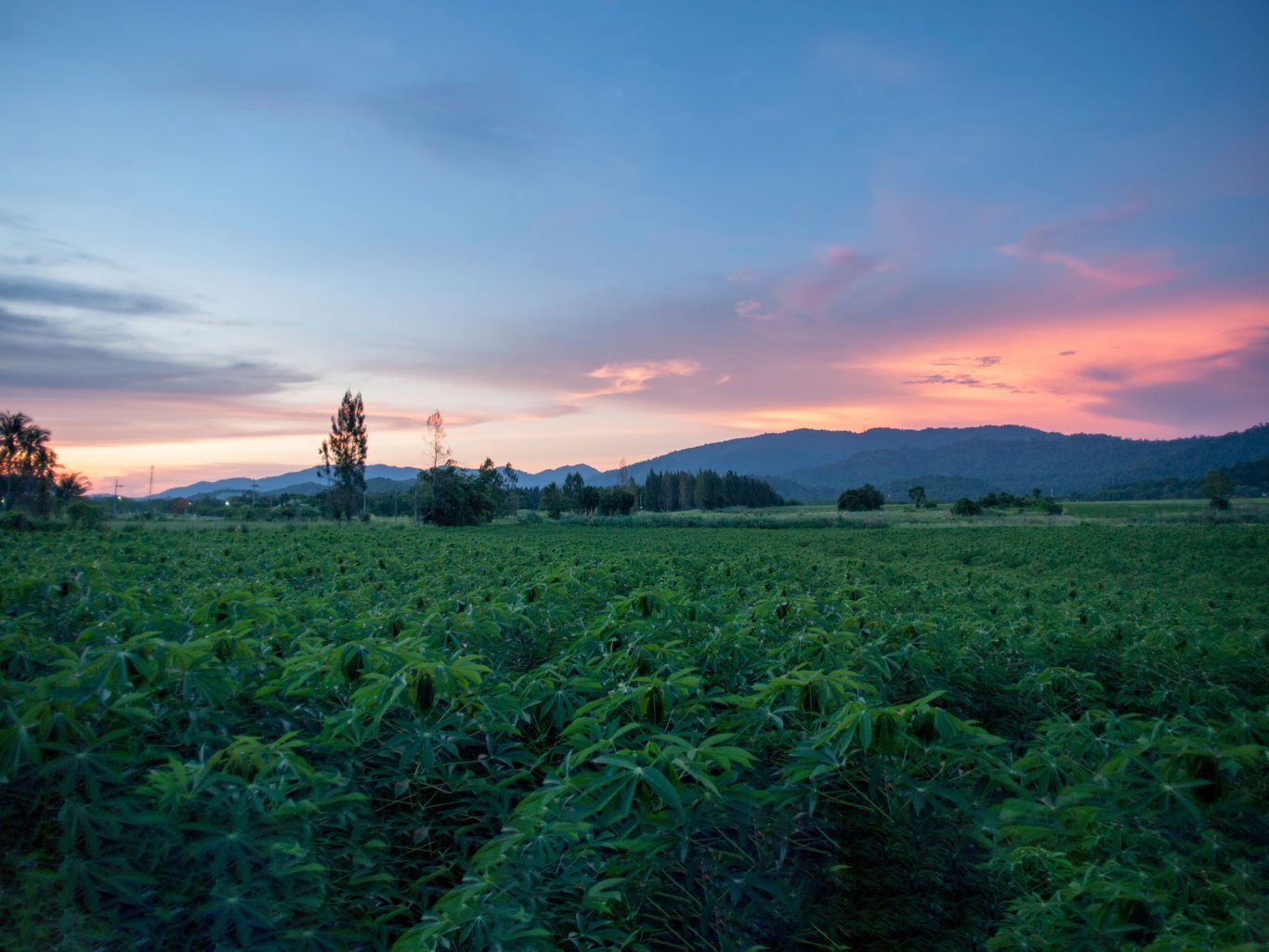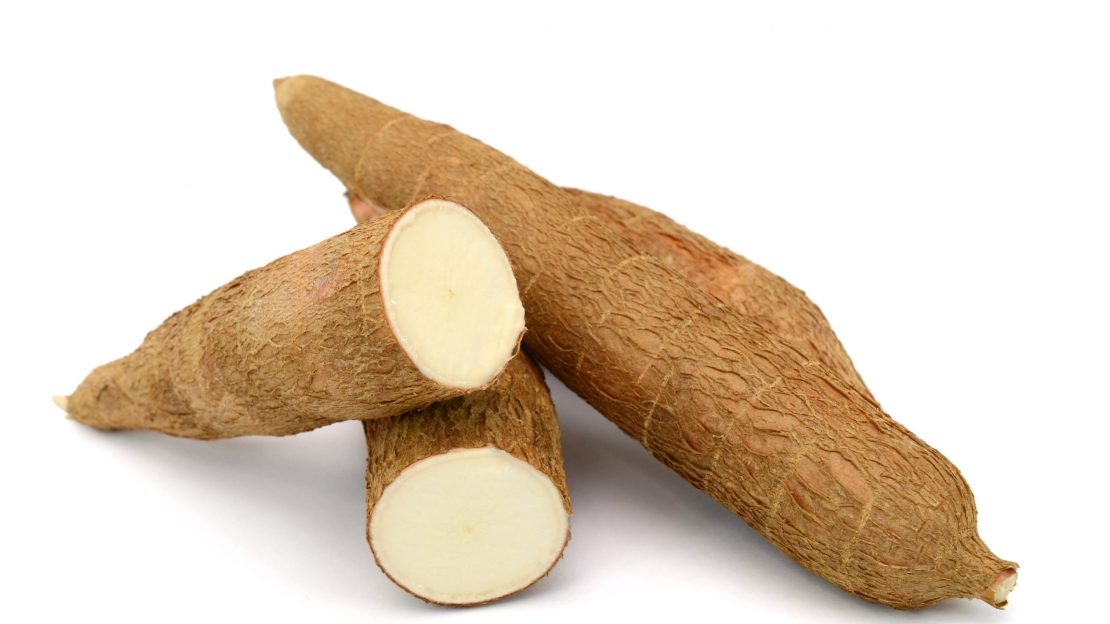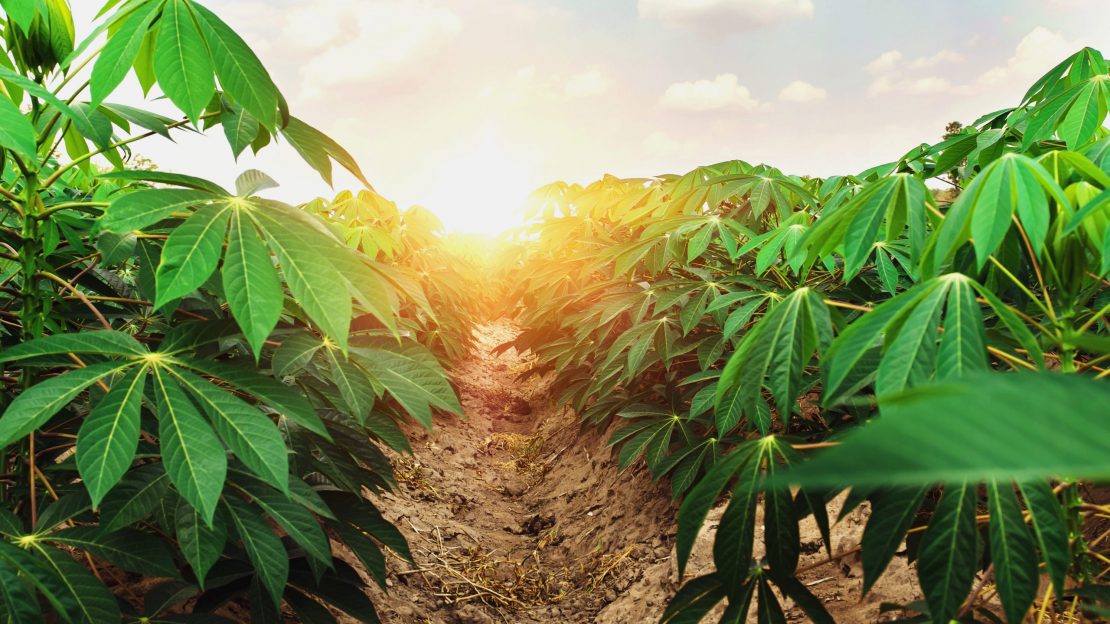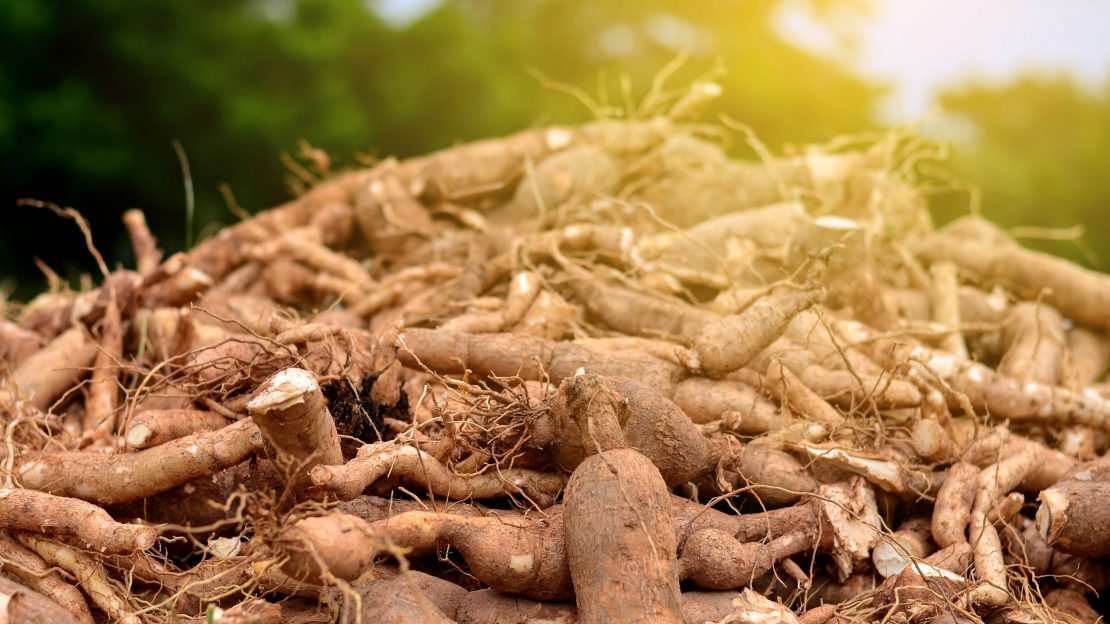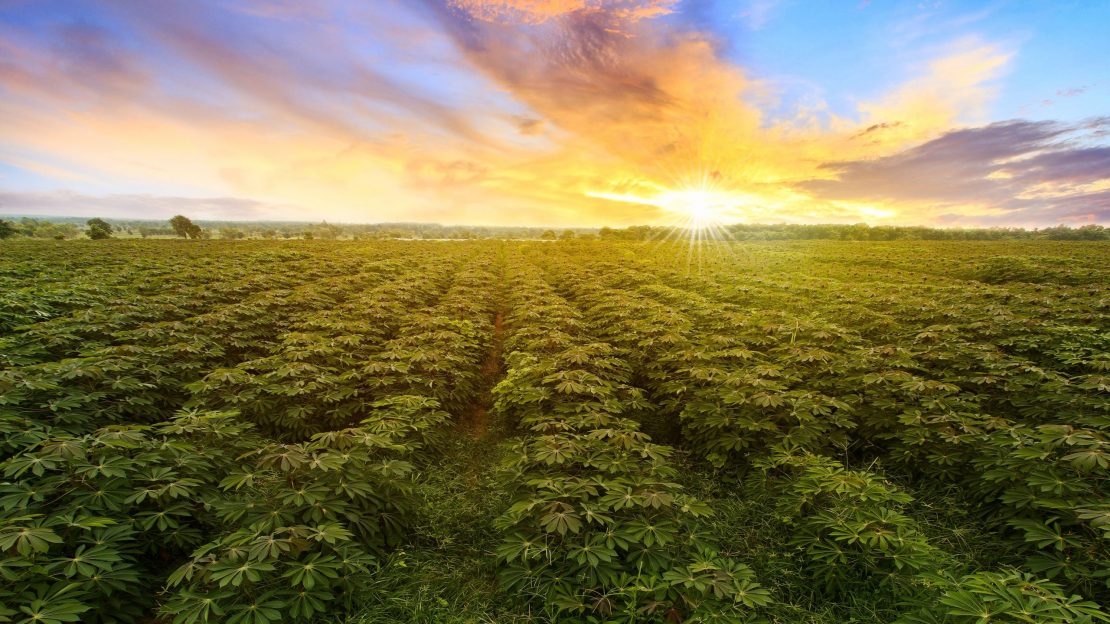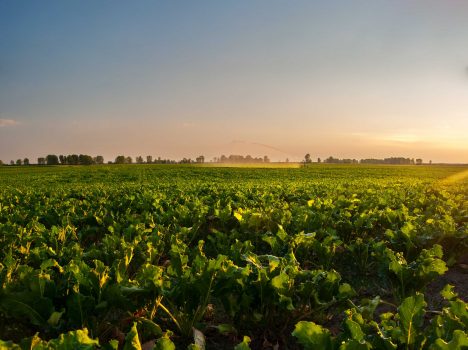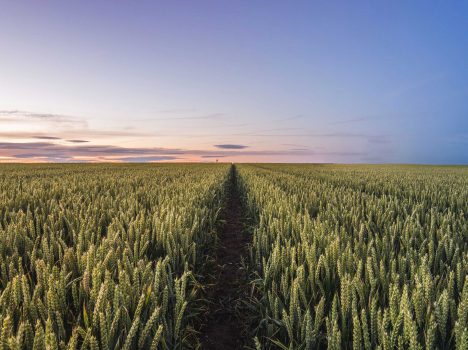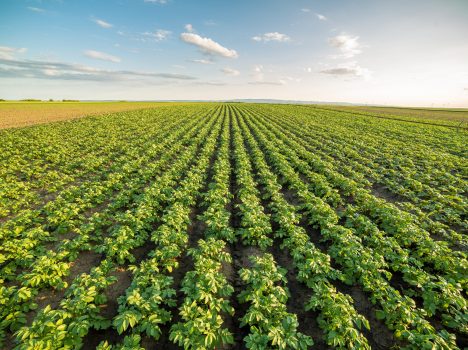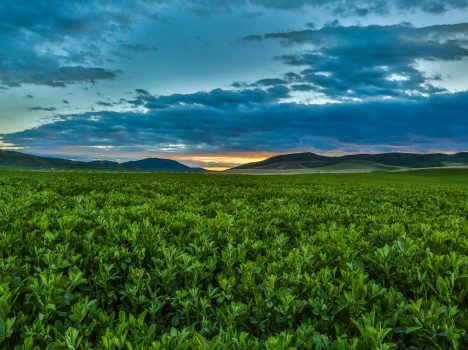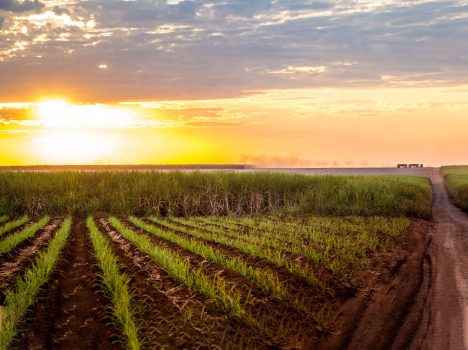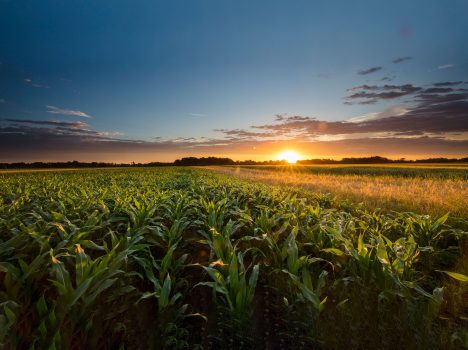A leading manufacturer of starch, Tereos processes cassava in a facility in Brazil, a country that is one of the world’s biggest producers of cassava.
Key figures
A major source of starch
Cassava – also called manioc, yucca and tapioca – is native to South America. Tereos has been active on the Brazilian starch market since 2011, with a plant in Palmital, Brazil, that processes cassava and corn.
Consumed around the world
Once the natural raw material has been processed, it is used for human nutrition and animal feed, in many industrial sectors in the form of starch and also for the production of ethanol. Cassava is an essential food in Asia, Africa and South America, forming part of the diet of more than half a billion people around the world.
Industrial process
Cassava is cultivated for its starch-rich tuberous roots. Cassava starch is primarily extracted by wet milling of cassava roots, which have starch content of around 25%. The extraction can be divided into five main stages: preparation (peeling and washing), rasping/pulping/grating, purification (starch washing), dewatering and drying, and finishing (milling and packaging). The main advantages of cassava starch are a high degree of purity, excellent thickening qualities and a neutral taste.

